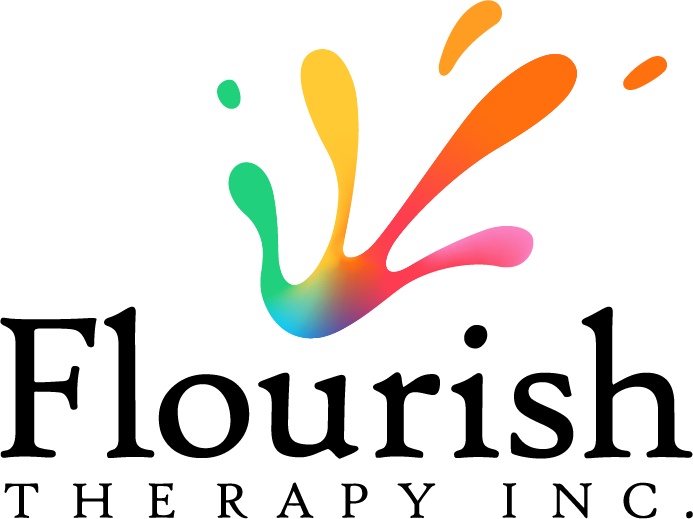The Issue of Domestic Abuse Among LGBTQ+ Folks and What We Can Do to Help
While times have grown much more progressive in recent years, we actually might not be progressing fast enough, especially when it comes to protecting the basic human rights of the LGBTQ community. According to statistics from the National Coalition Against Domestic Violence, around 44% of lesbians, 61% of bisexual women, 26% of gay men, and 37% of bisexual men have experienced forms of rape and physical violence from their intimate partners. Worse — up to 50% of the transgender community are subjected to lifetime partner violence. Why is domestic abuse so much more rampant among members of the LGBTQ community, and what can we do to help?
Domestic Abuse Among LGBTQ+
Although domestic abuse is present in every other part of society, research focusing on the causes and explanations for domestic abuse among the LGBTQ community is limited. Perhaps this is due to the stigma surrounding the topic and the heteronormative and sexist understandings of domestic abuse. Abuse has long been gendered, with men primarily being perpetrators and females being the victims. This common mindset has made it difficult for survivors and society as a whole to acknowledge the experiences of LGBTQ people, especially those who don’t necessarily fit in with traditional notions of femininity and masculinity.
Abuse can manifest through physical, sexual, and verbal methods. Studies also showed a higher risk of repeat victimization and a heightened difficulty of reporting cases to authorities. NBC News highlights that victims are suppressed when violent partners threaten to “out” them to their family or employer. Some victims are also already being abused and in their own homes, which leaves them alone in their predicament. Of course, abuse can also be driven by homophobia and transphobia. For instance, transgender individuals are 2.2 times more likely to experience physical abuse and 2.9 times more likely to experience sexual abuse compared to cisgender individuals.
Additionally, The Hotline explains how the fear of isolation or ostracization hinders victims from seeking help. Abusive partners often take advantage of this and manipulate their partners to increase their dependence on them. Prolonged experiences of abuse will not only cause external damage but can also lead to severe mental health issues and trauma. 51% of LGBTQ survivors accessing support services were found experiencing mental health issues compared to a rate of 38% for heterosexual, cisgender survivors.
Help and Response
For a truly progressive society, we need to appropriately take action and safeguard each other against forms of abuse. As we mentioned in our “We Can’t Stay Silent” article, LGBTQ members in abusive relationships will most likely turn to a trusted friend first. If you happen to be one of those, it’s important to tell them that they’re not alone and that their struggles are valid. Be supportive, respectful, and prioritize the victim’s safety, first and foremost. This means refraining from confronting the abuser or forcing them to take any drastic action. However, let them know that there is a way out and that you’ll be there to help them make a safety plan moving forward.
Collate and propagate safety resources, including your local domestic violence hotlines, networks, and communities that offer support for LGBTQ victims of domestic abuse. SymptomFind has guides on mental health and safe intervention methods, which can be useful for LGBTQ allies who wish to offer help to victims. Moreover, we must actively play a part in debunking myths about LGBTQ physical and sexual abuse. This includes notions such as how women and men can’t abuse members of the same sex, bisexuals and gay men are promiscuous, sexual assault for bisexuals is just rough sex out of hand, and other harmful ideas. Finally, don’t turn a blind eye to those who need your help.
If you’re seeking counseling services with a focus on LGBTQ members and their families, feel free to visit our website at FlourishTherapy.

